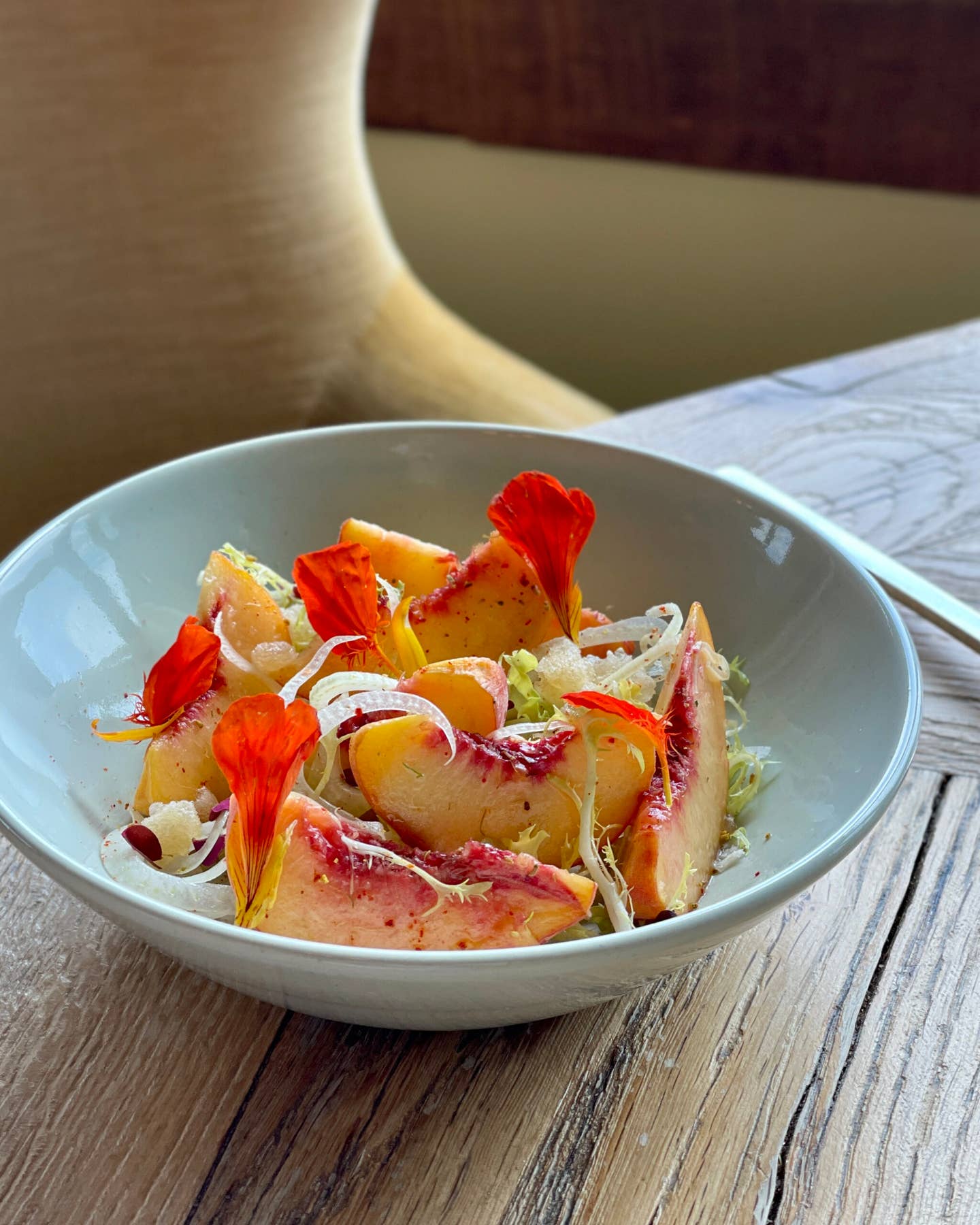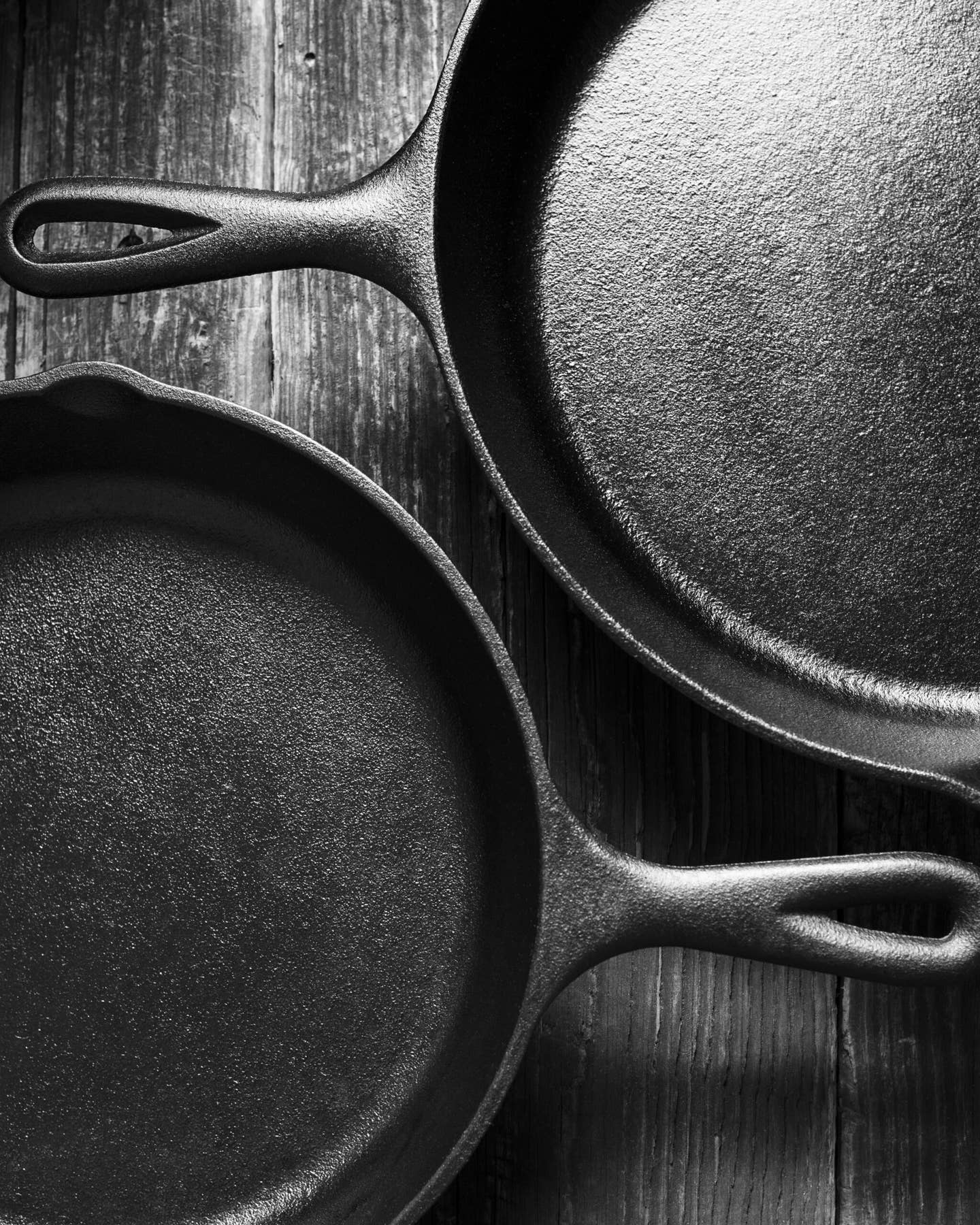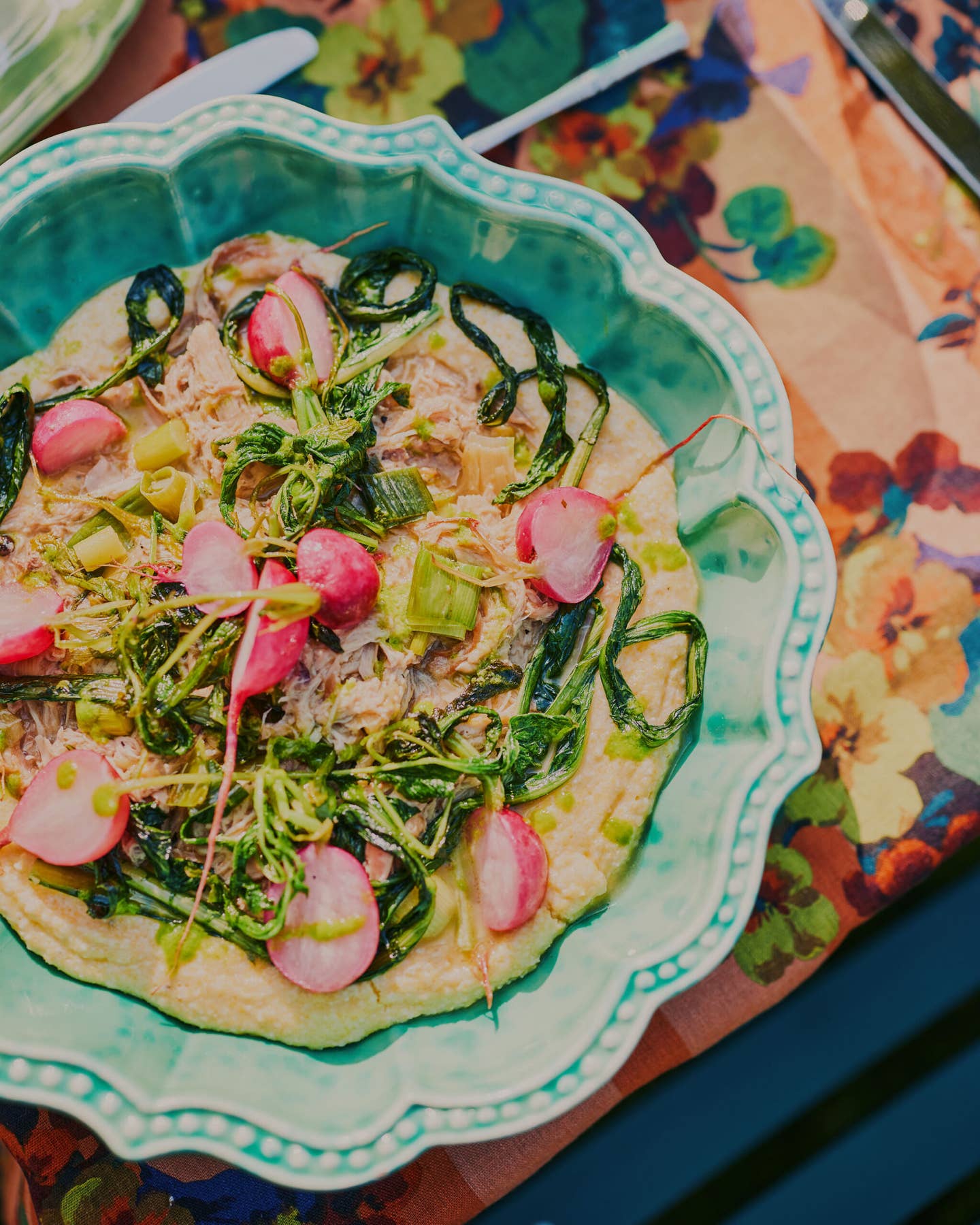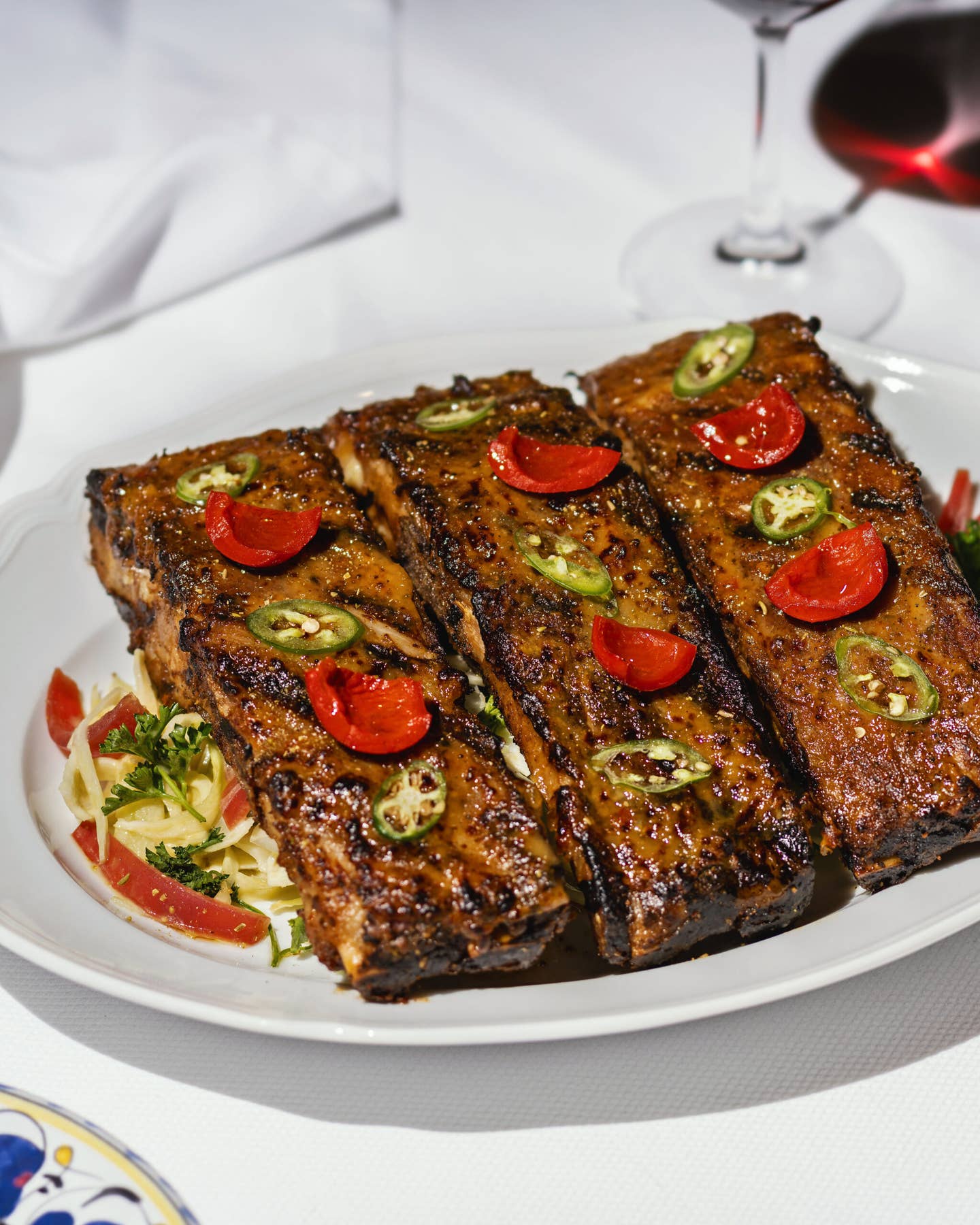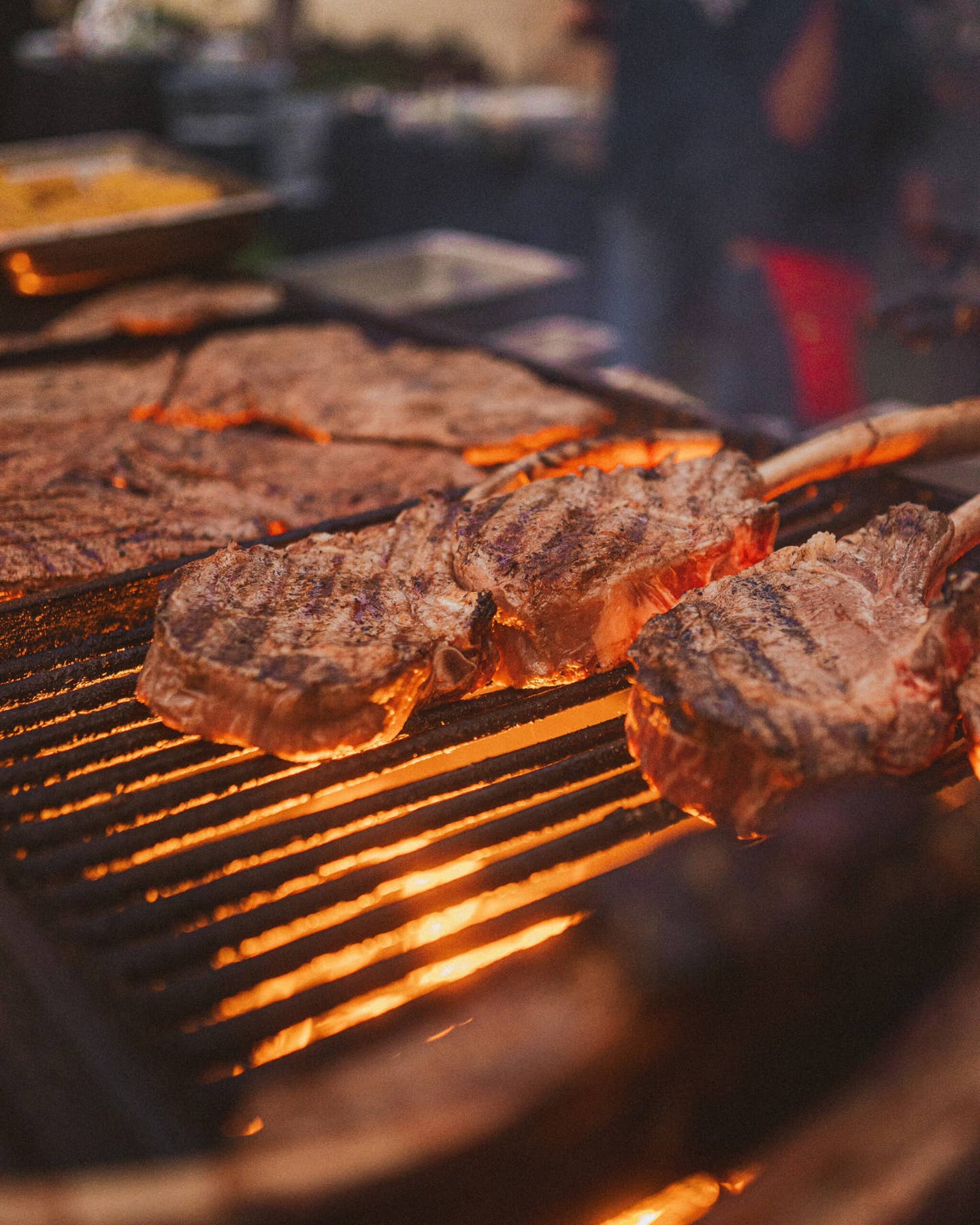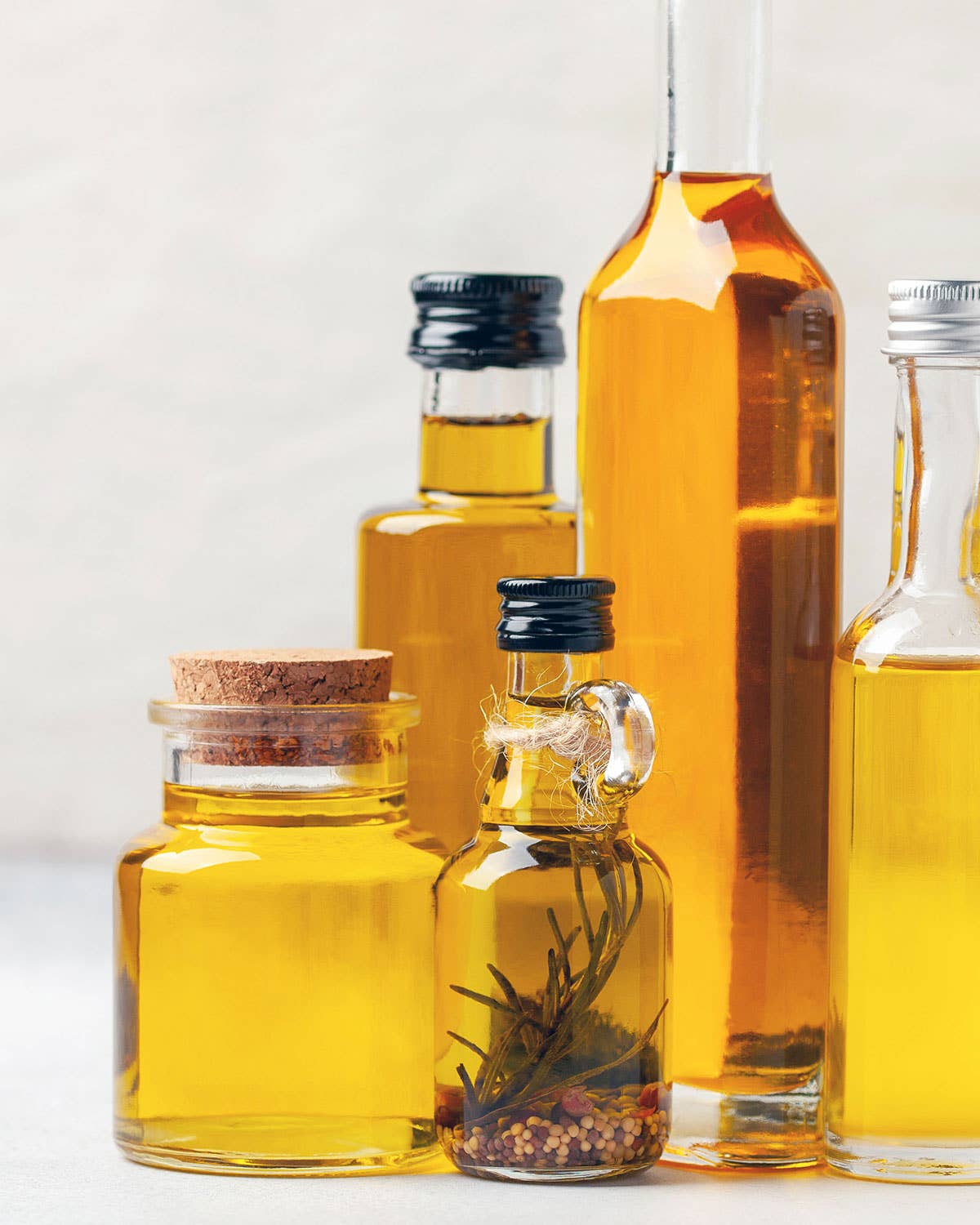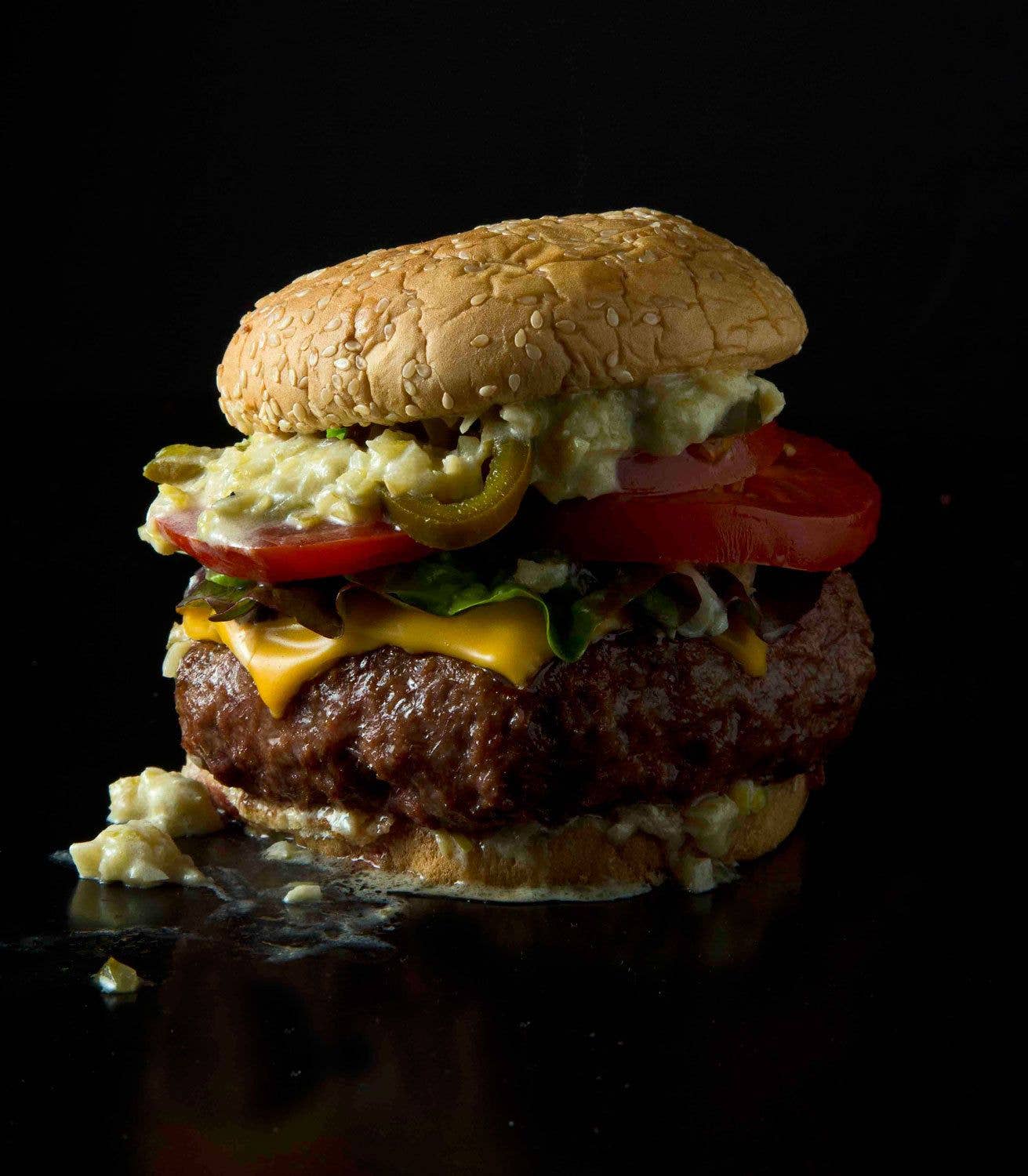
Secrets of the Grill: Burgers
After researching the chemistry behind the deliciousness of every component, Nathan Myhrvold, co-author of Modernist Cuisine, uncovered methods for making the ultimate backyard burger.
Deeply charred ground beef dripping juice onto a soft bun, melted cheese oozing over the edges—I'm obsessed with the American cheeseburger. At the culinary lab I run in Seattle, we decided to pay it a scientist's tribute. After researching the chemistry behind the deliciousness of every component—the meat, cheese, bun, sauce—we uncovered methods for making the ultimate backyard burger, no weird science required. It starts with grinding the meat ourselves and ends with a special sauce that puts ketchup to shame.
Uber-Sauce
My colleagues and I developed our "M.C. Special Sauce" in the lab to accompany a different recipe. When I tasted it, I thought, That's McDonald's special sauce! It's fantastic on a burger.
Egg It On
Although I prefer my burgers without it, for a richer, more cohesive patty, add one egg yolk per pound of meat.
On the Grind
It's convenient to get ground meat at the store, but it really tastes best when it's fresh. If you're a purist, you'll grind each meat in your blend separately to achieve uniform texture, then combine.
Melt Down
Lots of cheeses that might taste great on a burger—Gruyere, Emmentaler—aren't so great for melting because they separate when heated. Processed cheese, like American or Velveeta, contains emulsifiers which produce a luscious, even melt.
Salt Scoop
Salting meat causes it to extract a protein, myosin, which binds ground meat together. Mix salt into your meat one hour before grilling. For 26 ounces of ground beef, 1½ teaspoons of salt will do.
—Nathan Myhrvold, co-author of_Modernist Cuisine _(The Cooking Lab, 2011)
Keep Reading
Continue to Next Story




